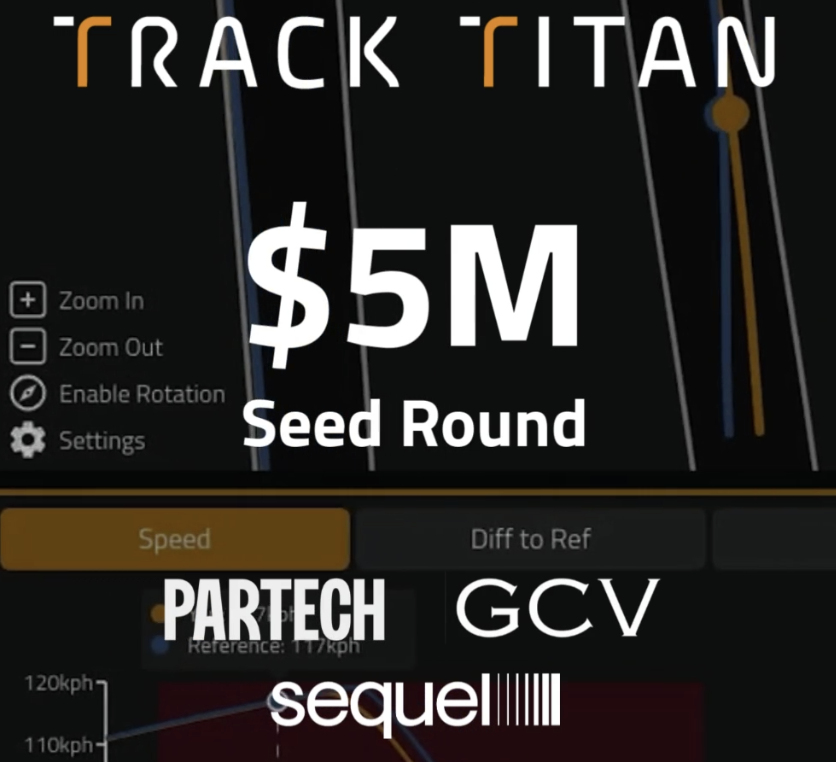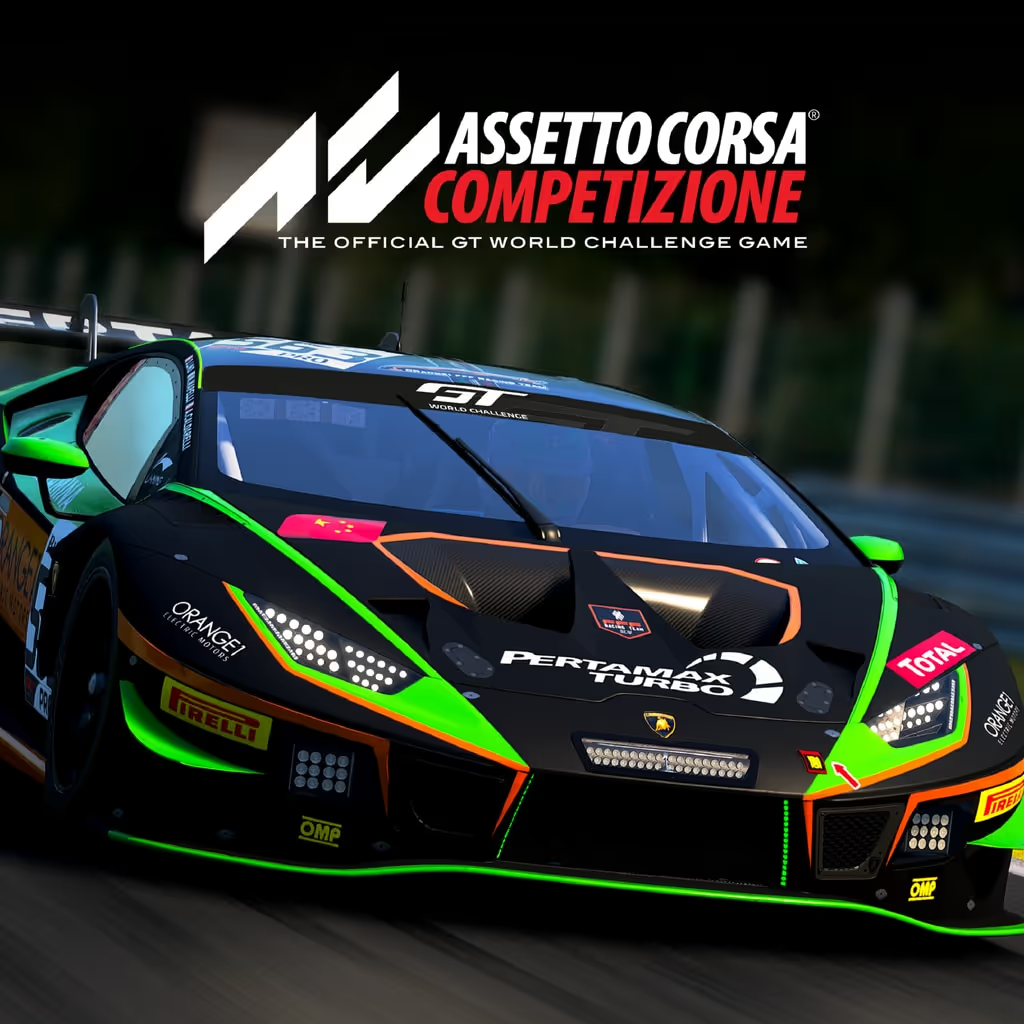Riley MkXX Daytona Prototype Lime Rock Park Hot Lap Analysis
Let’s delve into the telemetry from ahot lap around Lime Rock Park in the Riley MkXX Daytona Prototype driven by HYMO.
Analysis

Charlie from the Hymo team demonstrates superior cornering technique compared to another driver, as seen in a speed chart analysis. His higher initial speed at the start of the chart indicates a better exit from the previous corner, which he maintains into the entry of the next turn. This allows him to approach the corner more effectively and potentially achieve a quicker lap time. Charlie also maintains a higher minimum speed in the corner, suggesting efficient speed carrying through the apex and an earlier transition to throttle application. His acceleration out of the corner is more pronounced, indicating not only an earlier but also a more effective acceleration phase.
Additionally, Charlie's braking technique is more decisive and aggressive, achieving peak brake pressure quickly to shorten braking distance and carry more speed into corners. His precise timing in releasing brakes ensures smooth transitioning and better control during cornering, aiding in a quicker exit. In contrast, the other driver's gradual brake pressure application and less defined release result in longer deceleration and less efficient cornering.
Charlie's throttle control is smoother and consistent, enhancing traction and stability for faster exit speeds. The other driver's inconsistent throttle spikes suggest a more aggressive approach that could lead to loss of grip and slower exits. To improve lap times, it is recommended that this driver adopt Charlie's smoother throttle application for better vehicle control through corners.

Analysing the speed chart, Charlie from the Hymo team demonstrates a stronger exit from the previous corner compared to the other driver, as indicated by the higher initial speed at the start of the chart. This advantage is carried through to the entry of the next corner, where maintaining this higher speed allows for a more effective approach and potentially a quicker overall lap time. Furthermore, Charlie achieves a higher minimum speed in the corner than the other driver. This is critical as it suggests that Charlie is able to carry more speed through the apex and transition to throttle application sooner. The subsequent acceleration phase for Charlie is more pronounced, with a steeper gradient on the speed chart compared to his competitor. This implies that not only does Charlie get on the throttle earlier but also accelerates more effectively out of the corner, capitalising on his earlier momentum and contributing positively to his lap time. The other driver's later minimum speed and less steep acceleration curve indicate delayed throttle application and less efficient exit speed, which cumulatively results in time lost over each lap.

Charlie's braking application is notably more decisive and aggressive, hitting the peak brake pressure rapidly. This technique allows him to maximise the braking capabilities of the car, shortening the braking distance and enabling him to carry more speed into the corner. The other driver's gradual increase in brake pressure results in a longer braking phase, which ultimately costs time as they are decelerating for a longer period before entering the turn. Furthermore, Charlie's timing in releasing the brakes is precise, transitioning smoothly from deceleration to cornering. This helps maintain better control and traction through the corner, allowing for a quicker exit and acceleration onto the next straight. The other driver's less defined brake release leads to a less efficient cornering phase, compromising their exit speed. Charlie's effective use of brakes contributes significantly to his overall lap time advantage by optimising each cornering phase throughout the lap.

Charlie's throttle control demonstrates a smoother and more consistent application, which is crucial for maintaining speed through corners. His gradual increase in throttle percentage allows for better traction and stability, leading to faster exit speeds. This technique minimises wheel spin and maximises forward momentum, which shaves off valuable seconds from the lap time. The other driver's throttle application is less consistent, with sharper spikes in control percentage. This indicates a more aggressive and potentially destabilising approach to throttle input, which can result in loss of grip and slower corner exit speeds. To improve lap times, the other driver should focus on emulating Charlie's smoother throttle application to maintain better control of the vehicle through the cornering phases.
To see full lap analysis of your own driving, you can sign up to Track Titan for FREE today here.




.png)





















